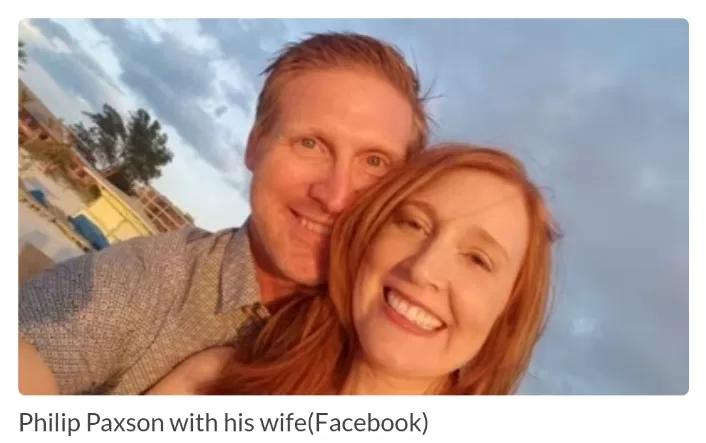In a harrowing turn of events, Google, the tech behemoth renowned for its navigation prowess, now finds itself embroiled in a lawsuit following a tragic incident involving Google Maps. The heart-wrenching incident occurred when a driver blindly followed the digital guidance of Google Maps, only to meet his untimely demise on a collapsed bridge.
The aggrieved family of the deceased individual has launched legal proceedings against the tech conglomerate, levying allegations of grave negligence against the corporation. According to their claims, Google was fully cognizant of the bridge’s dilapidated state for a staggering five-year period but failed to update its navigation system accordingly.
The unfortunate victim, Philip Paxson, a dedicated father of two and a reputable medical device salesman, met his tragic end in September of the preceding year. While he was returning home from celebrating his daughter’s ninth birthday, Mr. Paxson, operating in an unfamiliar territory, was fatally misled by Google Maps, instructing him to traverse the perilous path of the crumbling bridge.
Alicia Paxson, Mr. Paxson’s grieving widow, articulated her profound anguish, stating, “Our daughters inquire into the circumstances surrounding their father’s demise. Regrettably, I remain speechless in my inability to convey a comprehensible explanation. As an adult, I still grapple with the astonishing indifference displayed by those responsible for both the GPS directions and the bridge’s upkeep, seemingly oblivious to the sanctity of human life.”
Law enforcement officers who discovered Mr. Paxson’s lifeless body in his overturned and partially submerged vehicle reported a disconcerting absence of warnings or protective barriers along the treacherous route. The lawsuit elucidates that Mr. Paxson inadvertently veered off an unguarded precipice, ultimately culminating in a catastrophic collision approximately 20 feet below.
Crucially, the lawsuit posits that the bridge in question did not fall within the purview of local or state maintenance authorities. Furthermore, the original developer’s corporate entity had ceased to exist, exacerbating the challenge of establishing liability. Intriguingly, the lawsuit implicates several private property management entities as the custodians of the bridge and its proximate terrain. It contends that Google Maps had received multiple notifications regarding the bridge’s precarious state in the years preceding Mr. Paxson’s tragic demise, urgently entreating the tech giant to revise its route information. Disconcertingly, Google, it is alleged, did not heed these pleas.
Intricacies of the lawsuit unravel further with the inclusion of email correspondences from another Hickory resident. This concerned individual, in September of 2020, utilized the “suggest an edit” feature of Google Maps to apprise the company of its route recommendations leading unsuspecting drivers over the perilous chasm. A confirmation email from Google in November 2020 acknowledged receipt of the report and its ongoing review. However, the lawsuit avers that Google took no substantive actions in response to these alerts.
In response to the mounting legal imbroglio, Google’s spokesperson, José Castañeda, offered a succinct statement: “We extend our deepest condolences to the Paxson family. Our primary objective is to furnish precise routing information via Maps, and we are actively scrutinizing the contentions within this lawsuit.”
The unfolding saga of this lawsuit will undoubtedly be closely watched, as it raises profound questions about the responsibility borne by tech giants when it comes to the real-world implications of their digital services.







